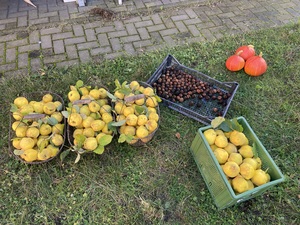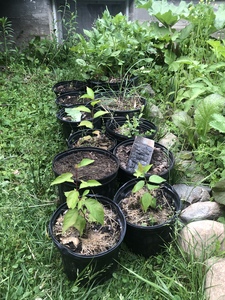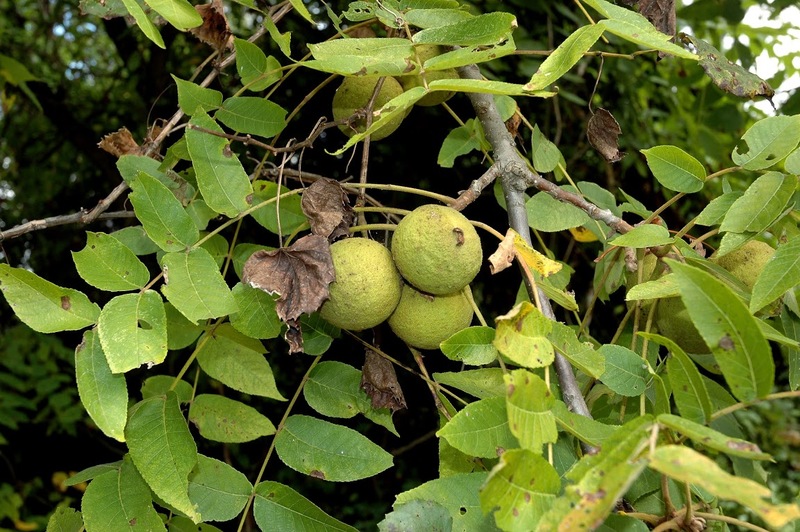Description
The English walnut, Juglans regia, is a tree native to the region stretching from the Balkans to the Himalayas. It is a deciduous tree that can grow to a height of 100 feet, with a straight, cylindrical trunk and a rounded crown. The leaves are compound, with 11 to 23 leaflets, and the trees produce attractive, fragrant yellow flowers in the spring. The fruit of the English walnut is a drupe, with a thick, leathery outer husk that encloses a smooth, hard shell containing the edible nut.
The English walnut prefers well-drained soils and full sun, and is relatively drought-tolerant. It can be grown in a variety of climates, including temperate, subtropical, and Mediterranean, but it may not be winter-hardy in areas with severe cold. To cultivate the tree successfully, a grower will need to provide proper irrigation and pruning, and protect the young trees from pests and diseases.
The nuts of the English walnut are edible and highly nutritious, containing high levels of protein, fiber, and healthy fats. They can be eaten fresh, or they can be stored by drying or freezing. The nuts can also be used to make a variety of dishes, including spreads, cookies, and cakes. In addition to their culinary uses, the nuts of the English walnut have been used medicinally to treat a variety of ailments, including headaches and skin conditions.
The English walnut is also valued for its wood, which is hard, strong, and durable. It is used to make a variety of products, including furniture, cabinetry, and gunstocks. The tree also provides habitat and food for a wide range of wildlife, including birds, squirrels, and other animals.




